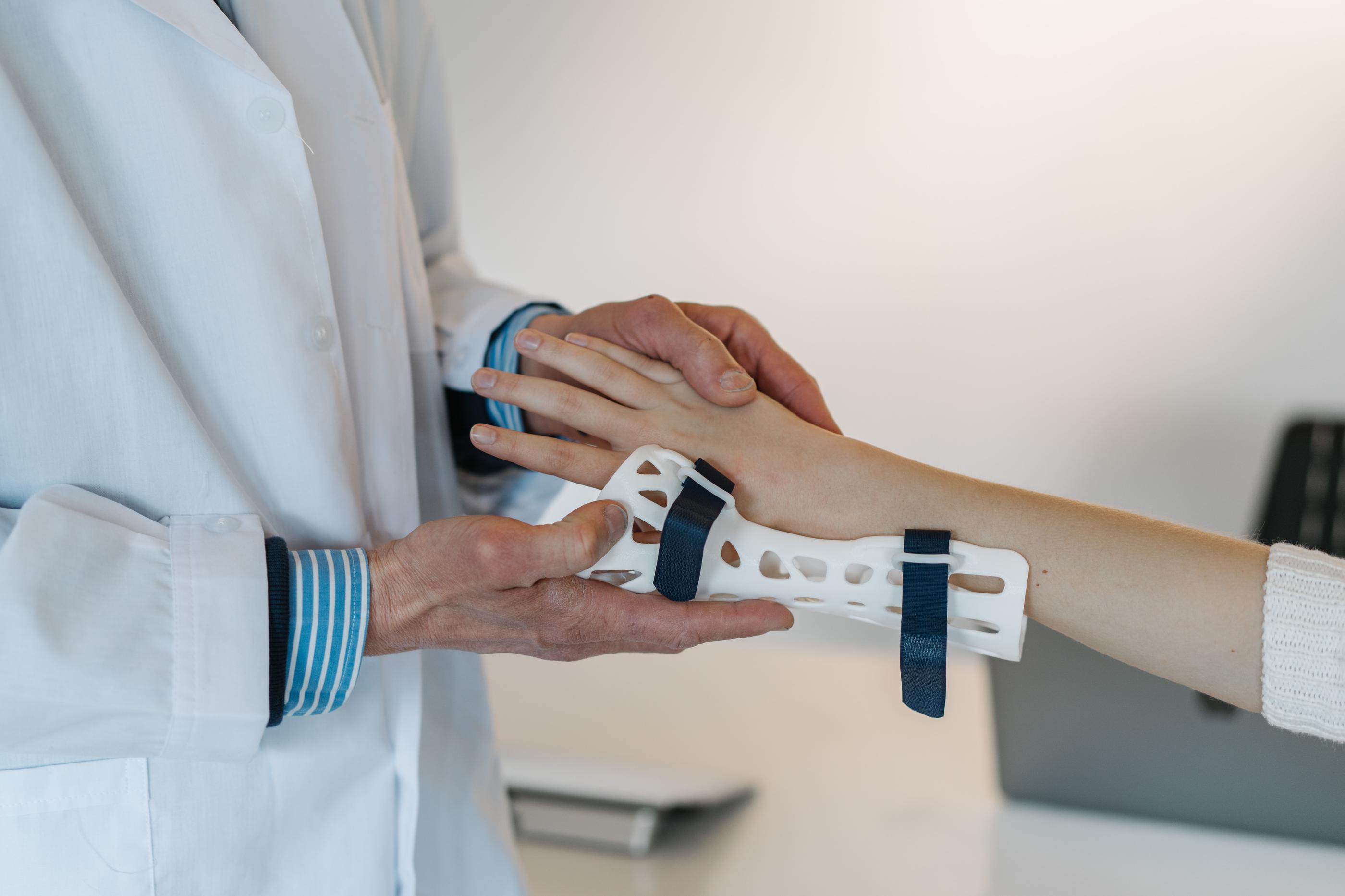
Dislocations and fractures are two of the most common injuries you can experience to your bones and joints. These injuries are often painful and can significantly affect your ability to perform everyday activities.
In this article, we'll discuss some of the most common types of dislocations and fractures, as well as their symptoms and treatment options.
What Are Dislocations?
Dislocations are joint injuries that occur when the ends of two connected bones are forced out of their regular positions. Most dislocations result from trauma to the affected joint(s), such as a fall, a car accident, or a sports-related injury. Dislocations are common injuries and can affect any joint in the body but occur most often in the fingers, shoulders, knees, hips, elbows, and jaw.
Types of Dislocations
Some of the most common types of dislocations include:
- Subluxation: An incomplete or partial dislocation of a joint.
- Anterior dislocation: The affected joint is forced forward out of the socket towards the front of the body.
- Posterior dislocation: The affected joint is forced backward out of the socket towards the rear of the body.
- Inferior dislocation: The affected joint is forced downward out of the socket towards the lower part of the body.
- Superior dislocation: The affected joint is forced upward out of the socket towards the upper part of the body.
Dislocation Symptoms
Dislocation symptoms will vary based on what area of the body is affected and how severe the injury is. The most common symptoms of dislocations include:
- The affected joint is visibly out of place
- Decreased mobility with the affected joint
- Intense pain
- Swelling and/or discoloration
- Numbness
Dislocation Treatment
Initial treatment for dislocations typically involves the RICE method of rest, ice, compression, and elevation. In less severe cases, the affected joints can correctly reposition themselves after some time. Otherwise, your doctor may manipulate and reposition the joints back to their proper position. You should not attempt to move or force the affected joint back into place on your own before seeing a doctor.
Once the joints are back in place, keeping them immobile for an extended period is essential to healing the injured joints. Your doctor might have you wear a sling, splint, or cast for a few weeks to prevent movement and promote healing. Your doctor may also prescribe or recommend over-the-counter medications to help relieve pain and relax the muscles.
In severe cases, surgery may be necessary. Surgery is a more likely treatment option if the dislocation damages any nerves or blood vessels or if your doctor cannot pull the joint back into place.
What Are Fractures?
Fractures occur when there is a full or partial break in the continuity of bone tissue. Fractures are commonly referred to as “broken bones.” Like dislocations, fractures are typically caused by trauma like falls, car accidents, and sports injuries. However, they can also be caused by medical conditions that weaken bone strength, like osteoporosis.
Types of Fractures
There are many different types of fractures that can be separated into two categories: how the bone breaks and the pattern of the break(s). The different types of bone breaks include:
- Open/compound fracture: A broken bone that pierces through the skin and may be visible in the wound.
- Closed/simple fracture: A broken bone that does not pierce the skin.
- Complete fracture: A bone that is broken all the way through and is separated into at least two pieces.
- Partial fracture: An incomplete bone break.
- Stable fracture: The broken ends of the bone are aligned and haven’t moved out of place.
- Displaced fracture: The broken ends of the bone have moved out of alignment.
Some of the most common types of fracture patterns include:
- Avulsion fracture: Occurs when a tendon or ligament attached to the bone pulls off a piece of the fractured bone.
- Comminuted fracture: A break where the bone is shattered into three or more pieces.
- Compression fracture: Occurs in the spine where the bones weaken to the point that they collapse.
- Oblique fracture: A break that is angled in a diagonal pattern across the bone.
- Transverse fracture: A break that occurs in a straight line across the bone.
Fracture Symptoms
Fractures have similar symptoms to dislocations that will vary depending on the severity and location of the injury. Some common symptoms of fractures include:
- The affected bone is visibly misshapen or out of place
- Severe pain
- Numbness or tingling
- Swelling and bruising
- Bleeding, if the broken bone has pierced the skin
- Limited mobility in the joints near the broken bone
Fracture Treatment
Treatment for fractures depends on the severity of the injury. Most fracture treatments focus on immobilizing the fractured bone with a splint or cast. Splints and casts are usually worn for several weeks and are removed when x-rays confirm the fracture is adequately healed. Before being fitted for a splint or cast, your doctor may need to manually realign the broken bone by pushing and pulling on the affected area to ensure proper healing.
In more severe cases, different types of surgery may be required. This may include either internal or external fixations where screws are inserted into the bone along with rods, plates, or brackets to hold the bone in place while it heals. More intensive surgeries include arthroplasties, where the damaged joint is removed and replaced with an artificial joint.
Urgent Care for Dislocations and Fractures
If you suspect you’ve suffered a dislocation or fracture, seek medical attention as soon as possible. AFC Willowbrook’s urgent care center is open seven days a week for walk-in visits and scheduled appointments. Our facility is equipped with in-house labs and x-rays, so you can get the treatment you need as quickly as possible whenever you need it.


